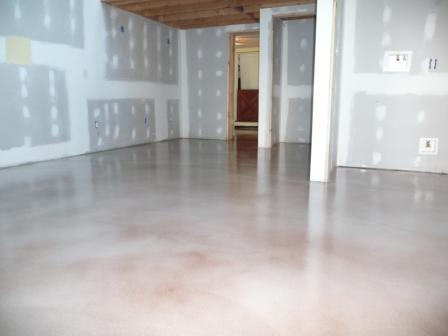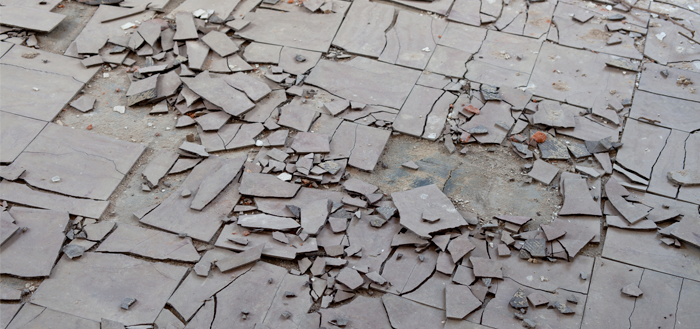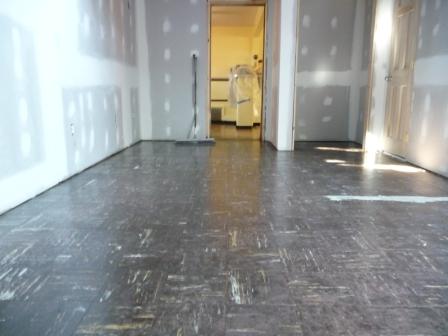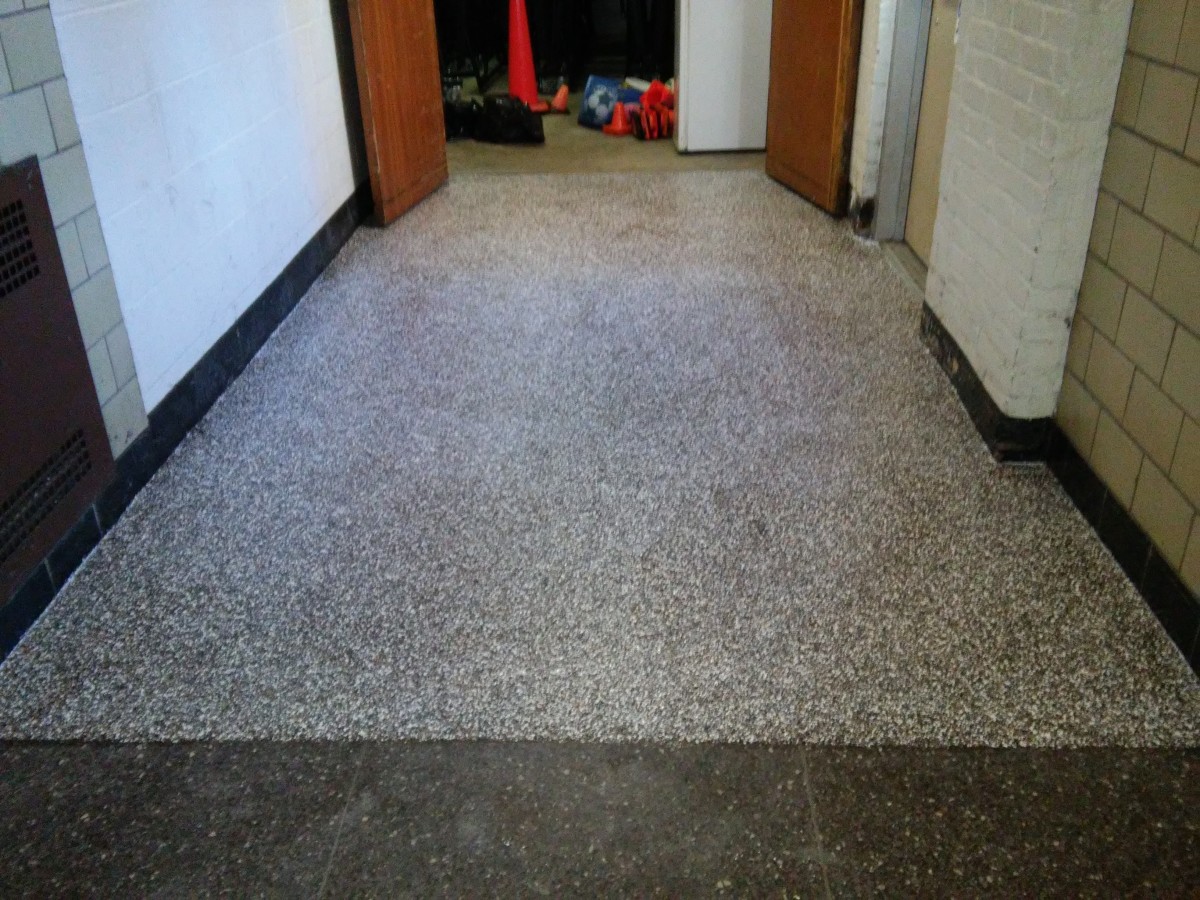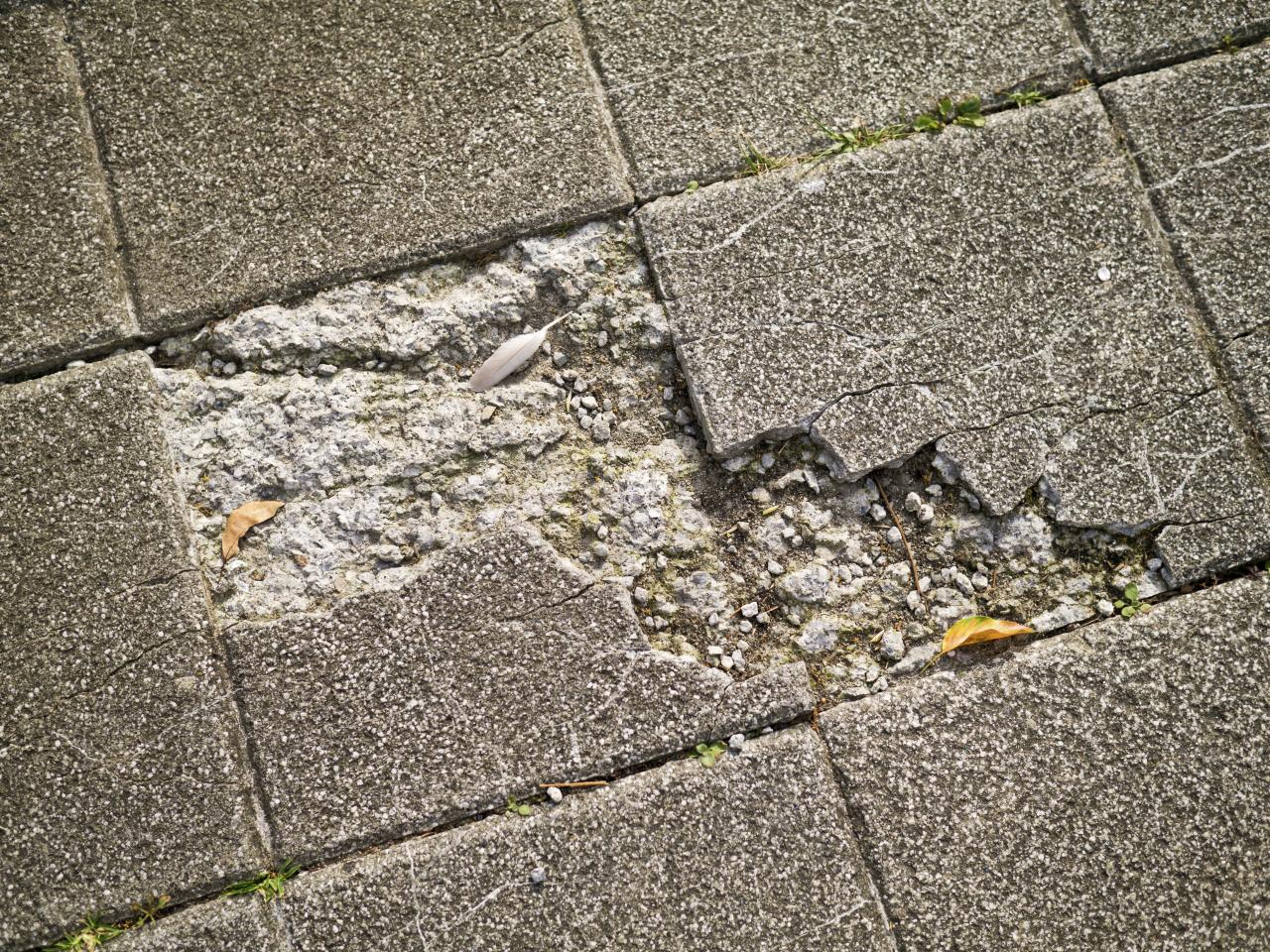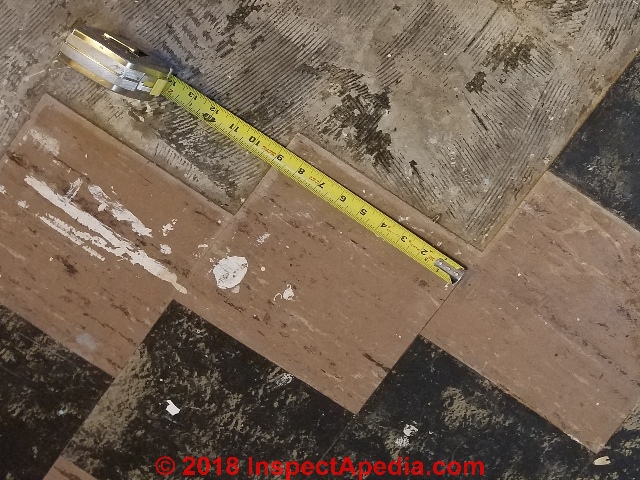Understanding the Dangers of Asbestos Tile Flooring
Asbestos tile flooring was commonly used in construction during the mid-20th century due to its durability and heat resistance. However, it was later discovered that asbestos fibers can cause severe health issues, such as lung cancer and mesothelioma. Understanding the dangers associated with asbestos tile flooring is crucial to ensure the safety of yourself and your loved ones.
- What is Asbestos and How Does it End Up in Flooring? Asbestos is a naturally occurring mineral that is widely used in various building materials, including floor tiles. The fibers in asbestos are microscopic and can easily become airborne when the tiles are damaged or disturbed. Inhalation of these fibers can lead to serious health complications.
- Health Risks Posed by Asbestos Tile Flooring: Exposure to asbestos fibers can have long-term health consequences. The inhalation of asbestos fibers can cause scarring in the lungs, leading to breathing difficulties and decreased lung function. It can also increase the risk of developing lung cancer, mesothelioma, and other respiratory diseases.
- Identifying Asbestos Tile Flooring: Identifying asbestos tile flooring can be challenging since it often looks similar to non-asbestos floor tiles. If your home was built before the 1980s, there is a possibility that it contains asbestos. Hiring a professional asbestos testing service can help determine if your flooring contains asbestos fibers.
- The Importance of Professional Removal or Encapsulation: If you discover that your flooring contains asbestos, it is crucial to take appropriate action. Professional removal or encapsulation of asbestos tile flooring is essential to minimize the release of asbestos fibers into the air. Attempting to remove or encapsulate asbestos without the necessary expertise and equipment can be hazardous and may result in further contamination.
- Legal Considerations and Regulations: It’s important to note that asbestos removal and encapsulation are subject to specific regulations and guidelines. Before initiating any work, it is advisable to consult local authorities or professionals who specialize in asbestos abatement to ensure compliance with legal requirements. This will help protect both your health and the environment.
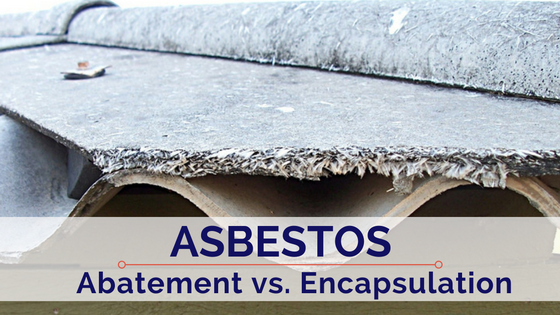
Preparing for Encapsulation: Safety Measures and Precautions
Encapsulating asbestos tile flooring is a safe and effective method to prevent the release of asbestos fibers into the air. However, it is essential to follow proper safety measures and precautions to minimize the risk of exposure. Proper preparation is key to ensuring the success and safety of the encapsulation process.
- Conducting a Risk Assessment: Before starting the encapsulation process, it is crucial to conduct a thorough risk assessment. This assessment should include identifying the extent of asbestos contamination, evaluating the condition of the tiles, and determining the appropriate encapsulation method to be used. A professional asbestos abatement contractor can help with this assessment.
- Assembling the Necessary Safety Equipment: To protect yourself during encapsulation, it is vital to wear the proper safety equipment. This includes disposable coveralls, gloves, safety goggles, and a respirator equipped with a high-efficiency particulate air (HEPA) filter. These items will help prevent inhalation or skin contact with asbestos fibers.
- Preparing the Work Area: Before starting the encapsulation process, it is essential to isolate the work area. Close all doors and windows to prevent the spread of asbestos fibers to other parts of the building. Use plastic sheeting to seal off the work area from the rest of the house. Cover the floor with heavy-duty plastic or drop cloths to catch any debris or dust.
- Containment and Air Filtration: To further minimize the risk of asbestos fiber release, it is advisable to set up a containment area within the work area. This can be done using plastic sheeting and negative air pressure machines. These machines create a controlled airflow that ensures any airborne asbestos fibers are captured and filtered through HEPA filters.
- Safe Removal and Disposal of Contaminated Materials: Once the encapsulation process is complete, it is crucial to dispose of any contaminated materials safely. Double-bag all debris and materials in heavy-duty plastic bags labeled for asbestos waste. Contact your local authorities or waste management facility for guidance on proper disposal methods and locations.
Step-by-Step Guide to Encapsulating Asbestos Tile Flooring
Encapsulating asbestos tile flooring is a cost-effective and safe method to manage and contain asbestos fibers. This step-by-step guide will walk you through the process of encapsulating your asbestos tile flooring, ensuring the safety of your home and loved ones.
Step 1: Preparation Before starting the encapsulation process, ensure you have all the necessary safety equipment, including coveralls, gloves, safety goggles, and a respirator with a HEPA filter. Prepare the work area by closing off adjacent rooms and covering the floor with heavy-duty plastic or drop cloths.
Step 2: Cleaning and Preparing the Tiles Thoroughly clean the tiles using a damp cloth or mop to remove any loose debris or dust. Allow the tiles to dry completely before proceeding. Inspect the tiles for any damage, cracks, or loose areas that may require repair before encapsulation.
Step 3: Applying the Encapsulant Select a high-quality encapsulant specifically designed for asbestos-containing materials. Follow the manufacturer’s instructions for mixing and application. Use a paintbrush or roller to apply the encapsulant evenly over the entire surface of the tiles. Ensure that all edges and corners are adequately coated.
Step 4: Allow Sufficient Drying Time Allow the encapsulant to dry completely according to the manufacturer’s instructions. This may take several hours or even days, depending on the product and environmental conditions. It is crucial not to disturb the encapsulated tiles during the drying process.
Step 5: Post-Encapsulation Inspection and Maintenance Once the encapsulant has dried, carefully inspect the encapsulated tiles for any areas that may require touch-ups or additional coats. Regularly monitor the encapsulated flooring for any signs of damage or wear. Avoid excessive moisture or harsh cleaning chemicals that may compromise the integrity of the encapsulant.
Choosing the Right Encapsulation Method for Your Flooring
When it comes to encapsulating asbestos tile flooring, various methods are available. Choosing the right encapsulation method is crucial to ensure the effectiveness and longevity of the encapsulated flooring. Consider the following factors when selecting the appropriate encapsulation method for your specific flooring.
Method 1: Encapsulation with Liquid Encapsulants Liquid encapsulants are a popular choice for encapsulating asbestos tile flooring. These products effectively bind the asbestos fibers, preventing their release into the air. Liquid encapsulants are typically applied using a brush or roller and provide a seamless protective barrier over the tiles.
Method 2: Encapsulation with Encapsulating Matting Systems Encapsulating matting systems consist of a layer of matting material that is applied over the asbestos tile flooring. The matting material is then covered with a liquid encapsulant, creating a durable and protective barrier. This method is suitable for areas with high foot traffic or heavy furniture.
Method 3: Encapsulation with Self-Adhesive Membranes Self-adhesive membranes are another effective option for encapsulating asbestos tile flooring. These membranes are applied directly over the tiles, forming a strong and flexible barrier. Self-adhesive membranes are particularly useful when dealing with irregularly shaped tiles or areas with excessive moisture.
Method 4: Encapsulation with Ceramic or Vinyl Tiles In some cases, it may be possible to encapsulate asbestos tile flooring by covering it with new ceramic or vinyl tiles. This method involves installing the new tiles directly over the existing asbestos tiles, effectively encapsulating them. However, it is essential to consult with professionals to ensure proper installation and adherence to safety guidelines.
Considerations for Choosing the Right Method
When selecting the appropriate encapsulation method, consider factors such as the condition of the existing tiles, the level of asbestos contamination, the intended use of the space, and your budget. Consulting with asbestos abatement professionals can provide valuable insights and guidance in choosing the best method for your specific situation.
Maintaining and Monitoring Encapsulated Asbestos Tile Flooring
Once asbestos tile flooring has been encapsulated, it is crucial to implement a maintenance and monitoring plan to ensure the continued effectiveness of the encapsulation. Regular maintenance and monitoring will help identify potential issues and allow for timely remediation, ensuring the safety of your home and occupants.
Regular Visual Inspections: Perform regular visual inspections of the encapsulated flooring to identify any signs of damage, wear, or deterioration. Look for cracks, chips, or peeling of the encapsulant. If any issues are detected, contact a professional asbestos abatement contractor to assess the situation and carry out necessary repairs.
Preventive Maintenance: Implement preventive maintenance measures to minimize the risk of damage to the encapsulated flooring. Avoid dragging heavy furniture or sharp objects across the floor, as this can cause scratches or tears in the encapsulant. Use furniture pads or floor protectors to reduce the impact on the flooring.
Cleaning and Maintenance Guidelines: Follow proper cleaning and maintenance guidelines to ensure the longevity of the encapsulated flooring. Use a damp mop or cloth for routine cleaning, avoiding excessive moisture that may compromise the integrity of the encapsulant. Avoid using abrasive cleaners or chemicals that can damage the encapsulant.
Regular Air Quality Monitoring: Periodically monitor the air quality in the area where the encapsulated flooring is located. This can be done using air quality monitors that detect the presence of airborne asbestos fibers. Regular monitoring will provide early detection of any potential fiber release, allowing for prompt action and maintenance.
Professional Inspection and Re-Encapsulation: Schedule periodic professional inspections of the encapsulated flooring to assess its condition and effectiveness. Professional asbestos abatement contractors can conduct thorough inspections and determine if re-encapsulation or further remediation is necessary. Following their recommendations will ensure the continued safety of your home.
Cleaning, Maintaining, and Encapsulating Asbestos Tile
Do You Need to Seal Mastic Before Installing A Wood or Vinyl Floor?
Herculan IG Flooring Asbestos Encapsulation Can Save You Money
Why Remove Vinyl Asbestos Tile, Encapsulate Safer and Cheaper
Herculan IG Flooring Asbestos Encapsulation Can Save You Money
Can I Cover Asbestos Floor Tiles With Concrete?
How to Keep Asbestos Floor Tiles In Place and Reduce the Hazard
Related Posts:


